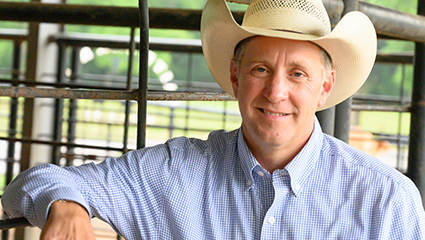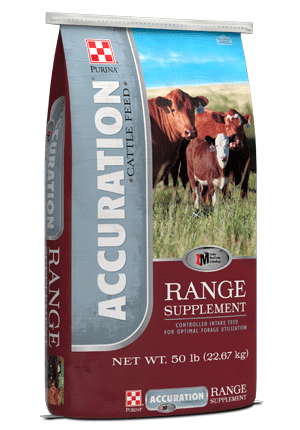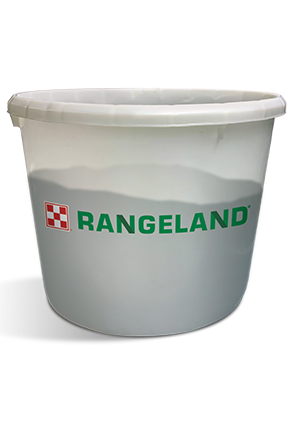
Strategies to Cut Cattle Feed Cost
Nutrition : Supplements
Nutrition : Forage
Cattle feed cost remains the single largest expense in the cow/calf sector. In fact, cattle feed cost accounts for around 50% of total operation costs and plays a key role in determining profitability.1
Explore management strategies to potentially reduce cattle feed cost:
1 Gunn, Patrick and Schwab, Denise. Iowa State University Extension. “Ten Ways to Reduce Feed
Costs in Cow-calf Operations.” Accessed March 26, 2019: https://www.extension.iastate.edu/
agdm/livestock/html/b1-77.html
Explore management strategies to potentially reduce cattle feed cost:
1. Maximize stored cattle feed
When cattle feed is not stored properly, it loses volume and nutritional value. Consider storage options to prolong the life of your stored cattle feed:- Harvest haylage or silage at the right moisture level.
- Too wet = shrink loss.
- Too dry = won’t pack well.
- Make sure silage is in an anaerobic (oxygen-free) environment. Use inoculants as needed to help with proper fermentation.
- Use wet byproducts, like distillers’ grains and gluten, within a set timeframe.
- Summer: < 4 days.
- Winter: < 1 week.
- Improve storage.
- Store round bales inside; if that isn’t possible, store them on a surface that allows for drainage to keep the underside of bales dry (i.e., gravel, tires, railroad ties).
- Ensure proper spacing between bales stored outside; spacing allows air movement and helps improve drying when weather does impact bales.
2. Maximize cattle grazing opportunities
Underused pasture and/or time spent harvesting, moving and storing feed can contribute to increased cattle feed cost. A cattle grazing program can help increase an operation’s carrying capacity, extend grazing days and reduce dependence on harvested and stored feed. Design a cattle grazing program to make the most of your available forages:- Cattle grazing programs can include strategic fencing, water placement, herding, pasture rotation and rest, forage species variation and more.
- Consider strip grazing crop aftermath, like corn stalks.
- Encourage cattle grazing in underutilized pasture by limiting them to certain pasture sections, and slowly add and remove sections over time.
- Supplements such as Purina® Accuration® Blocks, Rangeland® Protein Tubs, or Accuration® Liquid can help promote cattle grazing in underutilized pasture or range area, potentially increasing grazing days.
- Learn from cattle grazing experts in your area, or utilize resources from nearby universities, Natural Resources Conservation Service offices and more.
3. Use proper feeding methods
Systems for feeding forage to cattle can contribute to feed waste, especially with mature cows. According to the University of Nebraska, feeding hay to cattle with 24-hour free-choice access can result in 25-45% hay waste due to sorting, trampling on and soiling the hay. Identify areas for improvement when feeding hay to cattle:- If you use hay rings, research the types that can reduce waste when feeding hay to cattle versus traditional round rings.
- Consider feeding hay to cattle through “hay traps,” which use rings but reduce access time, depending on forage quality and cattle nutrition requirements.
- In drier climates or range settings, unroll hay or processed forages.
1 Gunn, Patrick and Schwab, Denise. Iowa State University Extension. “Ten Ways to Reduce Feed
Costs in Cow-calf Operations.” Accessed March 26, 2019: https://www.extension.iastate.edu/
agdm/livestock/html/b1-77.html



